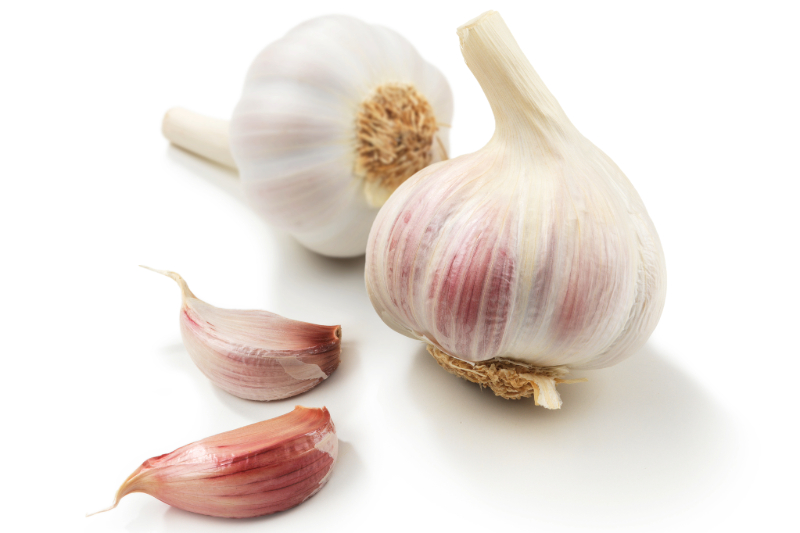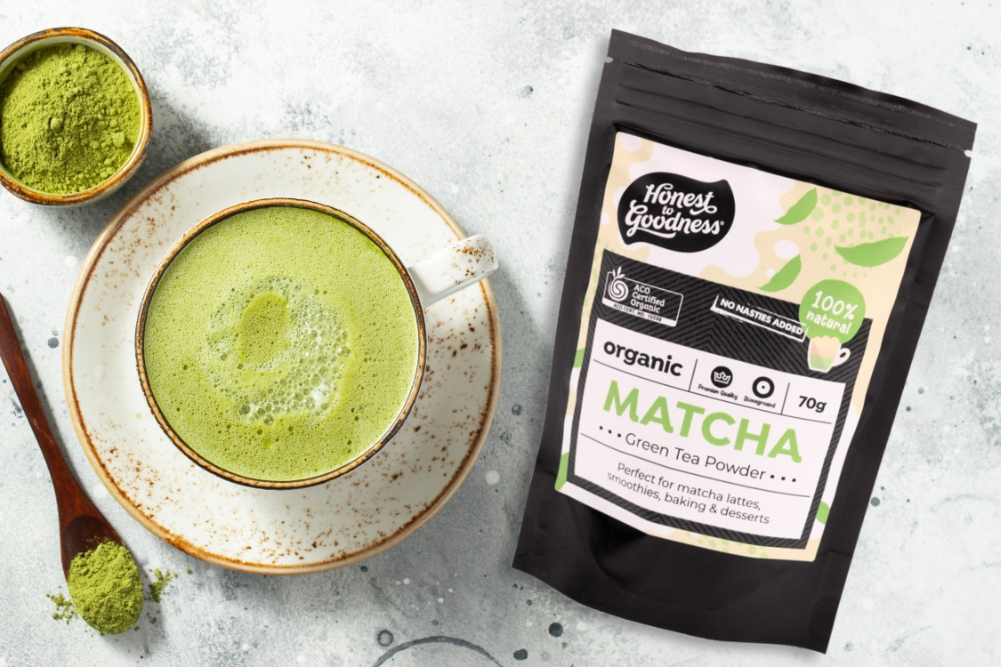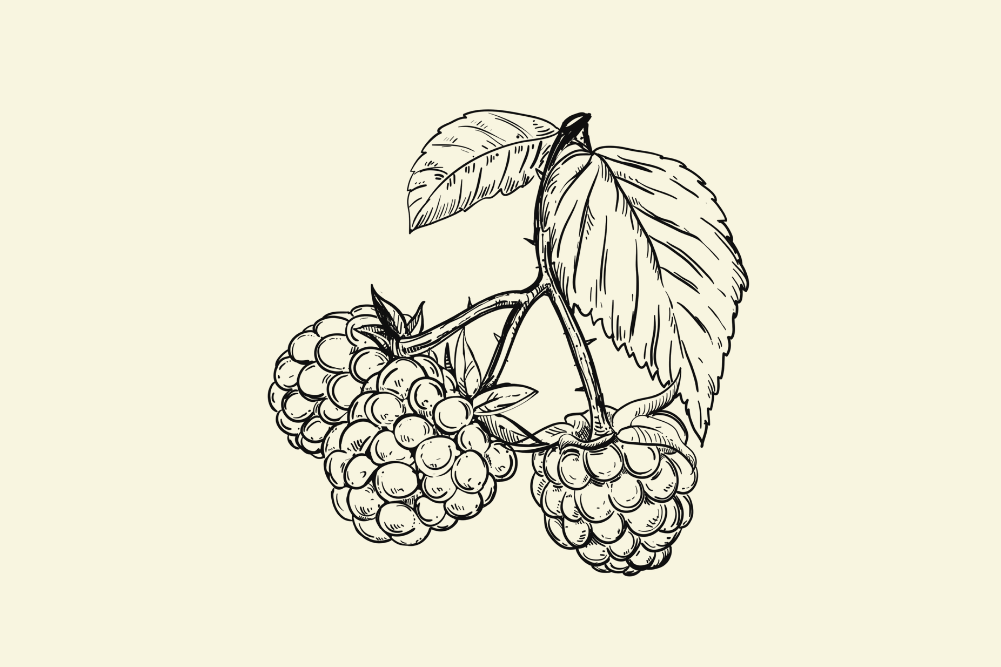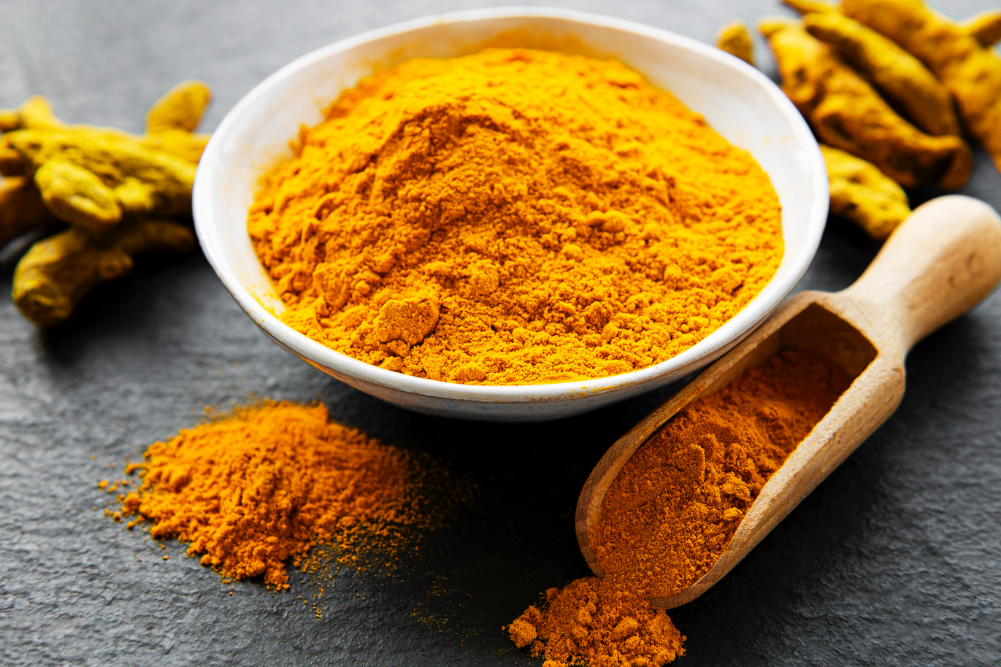4 Root Vegetable Favourites
Nutritious and hearty root vegetables are a staple ingredient in many cuisines. Discover our favourite root vegetables and delicious recipes to keep you warm during the cooler months.
Sweet potato
Sweet potato is a delicious root vegetable that comes in a variety of different colours including bright orange, white, yellow and purple. Orange varieties are one of the best sources of beta-carotene. This important nutrient is converted into vitamin A in the body and is used to maintain healthy eyes and good vision. Beta-carotene also gives sweet potato its vibrant orange colour along with its antioxidant and anti-inflammatory properties.
Purple sweet potatoes are rich in flavonoids called anthocyanins. These health-promoting phytonutrients are responsible for giving sweet potatoes their bright purple colour and high antioxidant levels. Including anthocyanin-rich foods in the diet will offer protection against cardiovascular disease and will help improve immune function. Sweet potatoes also provide plenty of vitamin B6 needed for serotonin production and for a strong metabolism. Sweet potatoes also contain good levels of vitamin C for radiant skin and enhanced immune function, as well as potassium, which helps reduce high blood pressure and fluid retention.
Sweet potatoes contain a particular type of dietary fibre called resistant starch. This type of fibre is not digested in the small
intestine, but instead it’s fermented in the large intestine by your gut bacteria. The by-product of this fermentation process is the production of short-chain fatty acids called postbiotics that provide fuel for your beneficial gut microbiota and help ensure the integrity of your gut lining.
Resistant starch is considered a prebiotic food as it helps our beneficial gut microbiota to grow and flourish in the digestive tract. For optimal gut health you should include a variety of fibre-rich foods like sweet potato in the diet.
“Eating more fibre will help lower cholesterol levels and will support digestive health by preventing constipation.”
Sweet potato skins are an especially good source of insoluble and soluble fibre. This extra fibre from the skin will make you feel full for longer and help keep blood-sugar levels balanced. Eating more fibre will also help lower cholesterol levels and will support digestive health by preventing constipation. If you are going to eat the skins, buy organic or make sure you scrub the skins well before cooking. Sweet potatoes can be used in sweet and savoury dishes.
Roasting them can enhance their sweet flavour. Try oven-baked sweet potato wedges sprinkled with herbs and spices like cinnamon, or rosemary with some sea salt. Add baked sweet potato to salads, frittatas, quiches, sandwiches, burgers and wraps. They’re delicious tossed through pesto pasta. Mashed sweet potato makes a tasty side dish or topping for shepherd’s pie. Sweet potato brownies make a decadent gluten-free treat.
Beetroot
With its vibrant purple flesh, beetroot is loaded with essential vitamins and minerals and protective antioxidants that help reduce the risk of certain chronic diseases.
Beets are rich in betalains, a type of plant pigment that is responsible for giving beetroot its many health benefits along with
its bright red and purple colour. Betalains have been found to have potent anti-inflammatory and antioxidant properties. Studies have shown that betalains help prevent oxidative damage and can protect the body from certain types of cancers.
Beetroot is rich in blood-building iron and vitamin C. Healthy iron levels are essential for optimal energy levels, for the production of white immune cells, and red blood cells that transport oxygen around the body. Vitamin C is beneficial for skin health as it’s needed for collagen production. Collagen gives skin its tone and elasticity and reduces the risk of wrinkles and premature skin ageing. Beets also provide a good dose of folate (vitamin B9). This vitamin is particularly important for women during pregnancy to reduce the risk of birth defects including spina bifida.
Beets are considered a heart-healthy vegetable. They are high in nitrates, which have been found to significantly reduce blood
pressure and improve blood fl ow by dilating blood vessels and arteries. Studies have found that consuming beetroot juice can
significantly lower both systolic and diastolic blood pressure in 24 hours, along with lowering “bad” LDL cholesterol. Drinking beetroot juice can also enhance exercise performance.
Beets are an excellent source of dietary fibre. It’s important to include adequate fibre in your daily diet to help promote bowel
regularity and better digestive function. Keeping the skins on your beets will provide extra goodness.
Beetroot can be incorporated into a variety of dishes, even baked goods. Roasted beets are delicious tossed through salads, added to quiches and frittatas or as a tasty pizza topping. Try making beetroot relish or pickled beets to add to sandwiches and burgers, or blend beetroot through hummus with some mint. Beetroot chocolate cake is a sneaky way to add more veggies into your family’s diet.
Make sure you don’t throw out the nutritious green tops. Beetroot greens are a great source of the carotenoids lutein and zeaxanthin. These phytonutrients are vital for improving eye health and for reducing the risk of degenerative eye conditions like cataracts and macular degeneration.
Carrots
Carrots are abundant in health-promoting antioxidants and vital nutrients needed for good health and disease prevention. Carrots come in many different colours such as orange, yellow, red and purple. Orange carrots are loaded with beta-carotene, which is a precursor to vitamin A. One large carrot is enough to provide you with your recommended daily dose of vitamin A.
We need vitamin A for healthy skin and mucous membranes and for a strong-functioning immune system. Carrots also provide plenty of lutein, a potent antioxidant that helps protect the eyes from agerelated macular degeneration.
Red and purple carrots, on the other hand, are rich in anthocyanins. These antioxidant-rich phytonutrients give carrots their red–purple colouring along with disease protective effects.
Carrots also contain good levels of potassium, needed to help lower high blood pressure. You will also get a good dose of dietary
fibre to keep your blood-sugar levels balanced and to promote good digestive health and bowel regularity. Carrots also provide vitamin K and C, as well as calcium and iron.
Carrots make a nutritious snack with hummus, or when grated a great addition to sandwiches or wraps. Try roasting carrots and tossing them through salads. Whole roasted baby carrots drizzled in tahini dressing is a delicious side dish. Add carrots to curries, dals, stir-fries, soups and kidney bean mixes. Finely dice carrots through bolognaise sauce for fussy eaters. Carrot cake makes a perfect healthy afternoon treat.
“Resistant starch is considered a prebiotic food as it helps our beneficial gut microbiota to grow and flourish in the digestive tract.”
Garlic
Garlic is a root vegetable that has been used as a food and medicine dating back to ancient cultures in Egypt, Greece and China, where it was used to provide strength and endurance and to fight off infections.
Garlic has antibacterial, antiviral and antifungal properties which make it beneficial for fighting a variety of infections. Garlic acts like a natural antibiotic with the added benefit of supporting the growth of beneficial gut bacteria.
Garlic contains an active compound called allicin, which gives garlic its super immune-boosting powers. Eating garlic will help
enhance the disease-fighting action of white blood cells. Garlic has been found to reduce the risk of getting colds or flu, reduces the severity of symptoms and can speed up recovery.
Garlic also has cardioprotective effects. Consuming garlic regularly can help prevent heart disease by reducing inflammation,
lowering “bad” LDL cholesterol levels and blood pressure and by reducing plaque build-up in arteries.
Garlic is also a good source of selenium and zinc, both important nutrients needed for thyroid health.
The way you prepare and cook garlic will affect its health benefits. When you cut or crush garlic, an enzyme called alliinase is converted into allicin, which is responsible for garlic’s incredible health benefits and characteristic pungent smell. To get the most out of your garlic, crush it first and leave it for five to 10 minutes before cooking. Heat destroys some of garlic’s allicin content, so try adding garlic near the end of cooking if you want to retain more of its immune-boosting and heart-healthy properties. Eating garlic raw when you can is ideal. Garlic is so versatile — it can be used in many dishes including pasta sauces, lentil dals, dips, dressings, curries, stir-fries, soups and homemade garlic bread and bruschetta.
Words & Photography / Lisa Guy








